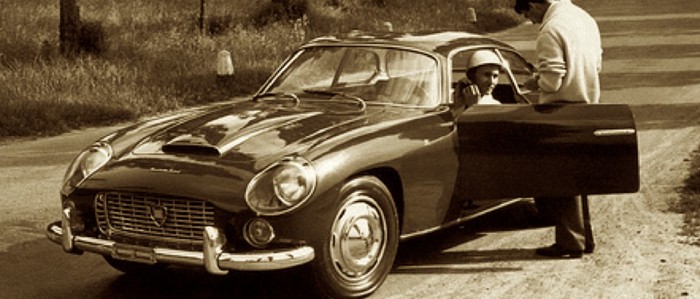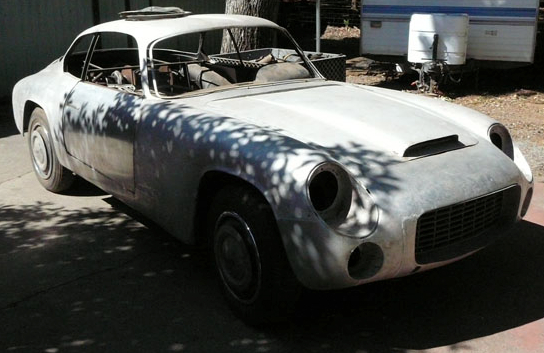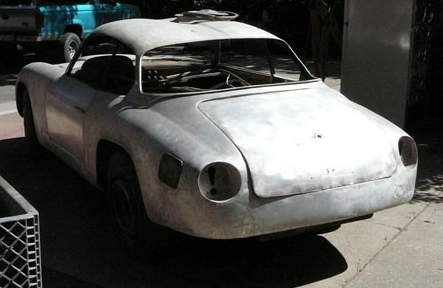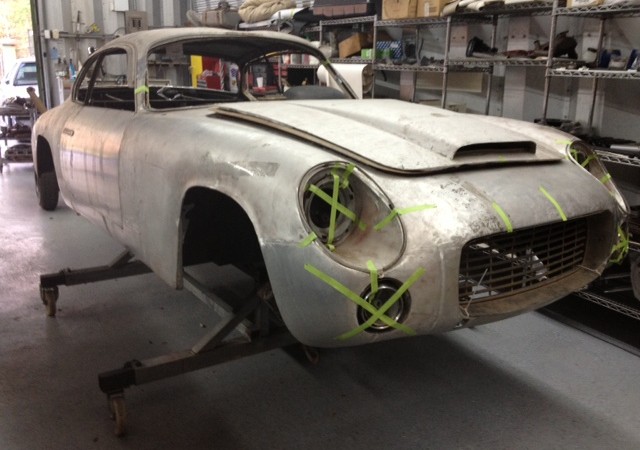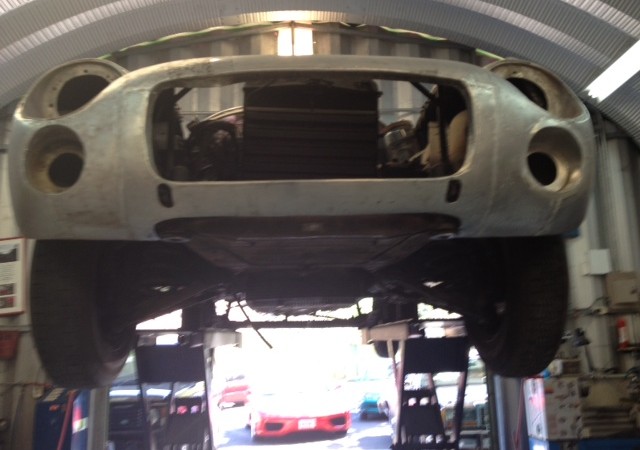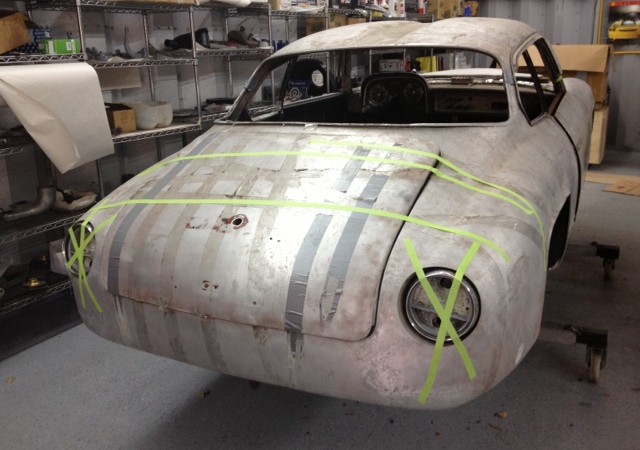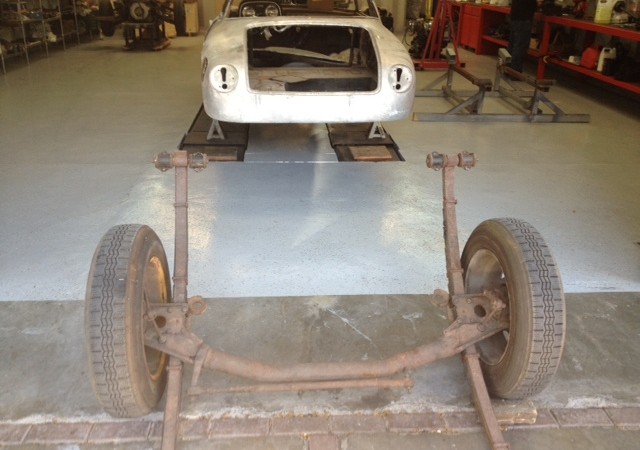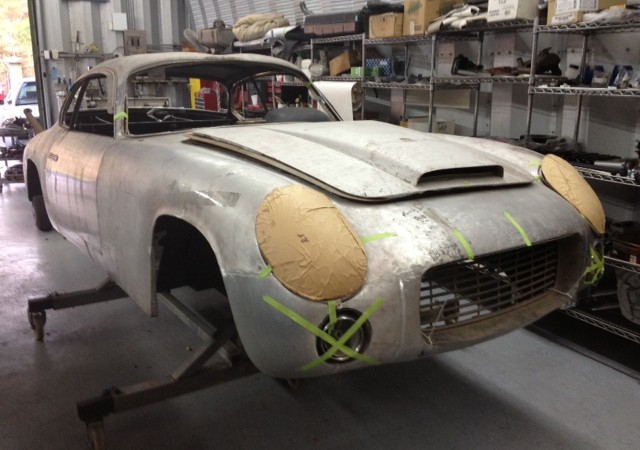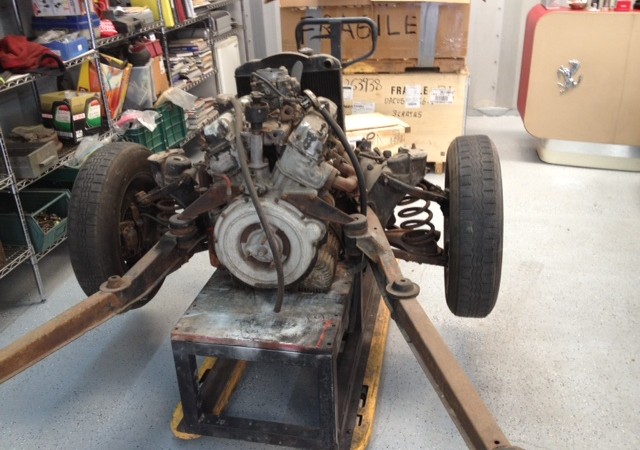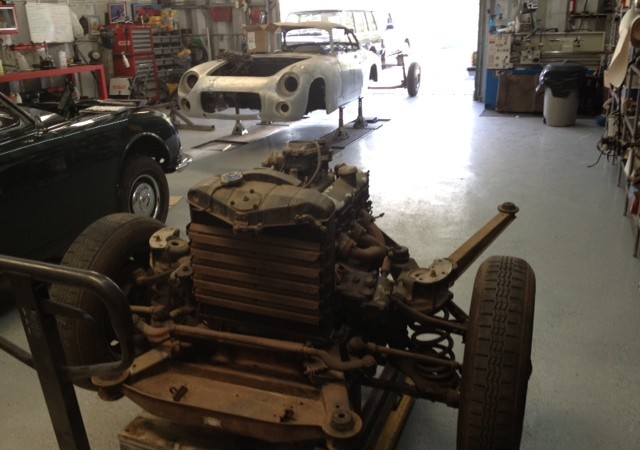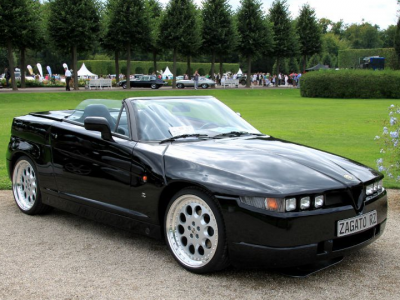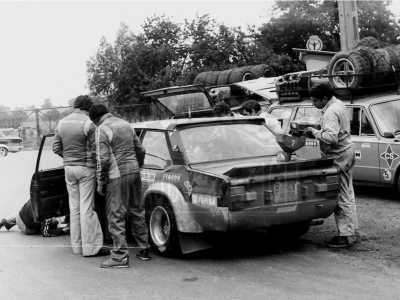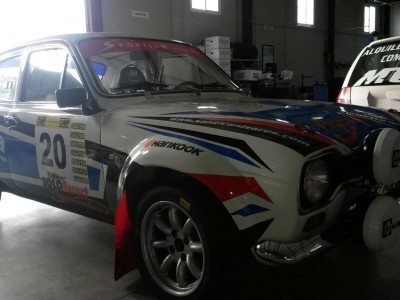Details
- SOLD
- Year Built: 1959
- Trans: Choose an item
- Fuel Type: Gas
One of the rearest and probably the most desirable Lancias of all times. Thanks to their pedigreed racing histories and innovative and unconventional technical features, few cars captivate the motoring world as Lancias do. Zagato coachbuilders are responsible for the dramatic and masculine styling of the Aston Martin DB4GTZ, Fiat 8V Zagato, and Maserati A6G 2000 and many other cars of the era that now command into the millions of dollars. Zagato bodies tend to be made entirely of alloy and are thus much lighter than those bodies designed by Pinnin Farina and Bertone. This, together with their `swoopy` aerodynamic traits, made Zagato bodies an obvious choice for competition use. Indeed, Ferrari, Aston Martin, Fiat, Lancia, and Maserati all commissioned Zagato to build bodies for their racecars of the era. Because of their alloy construction, Zagato bodies were expensive, and were therefore rare, even when new. Lancias also tended to be quite rare because of the high prices that their advanced technology commanded. Thus, a Lancia with a body by Zagato is an extremely rare find, and today, they have finally become the sought after and valuable cars they deserve to be. This particular unit is a matching numbers unit, found in a very unmolested way and is undergoing a nut and bolt restoration. The engine and transmission are already overhauled.
Horsepower: 119 bhp DIN, 131 bhp SAE @5600 rpm
Torque: 149 lb @ 3600 rpm
Transmission: 4-Speed gearbox
Suspension:
Front- Independent with unequal-length wishbones, coil springs, hydraulic shock absorbers, stabilizer bar.
Rear- Solid axle de Dion with semi-elliptic leaf springs, Panhard rod, stabilizer bar.
Brakes:
Front- Dunlop discs
Rear- Dunlop discs
Top Speed: 118 mph
History: The Flaminia 4 door prototype was first seen at the Turin Motor Show in 1956. This prototype was bodied by Pininfarina and was very similar in styling to 4 earlier special bodied prototypes collectively known as the Florida. Underneath the modern exterior there were radical changes. As the existing Aurelia V6 engine had reached the limits of its development, a completely new V6 engine had been developed which allowed for better cooling, more power and capacity growth. More significantly, for the fist time since 1923, Lancia abandoned its sliding pillar front suspension in favor of a more modern wishbone and coil spring set-up. Disc brakes were offered as an option but soon became standard. While Pininfarina built the vast majority of Flaminia’s including 5236 coupe versions, chassis were also supplied to Touring for their GT version built in both convertible and coupe forms (949 built), and to Zagato who built the Sport.
Production: Production: The Zagato bodied Flaminia’s were produced in 3 distinct series. The first series produced from 1958-59 featured a single carburetor, a 2.5 liter engine, covered headlights and rounded tail: 99 examples were built. The second series produced from 1959-1964 featured open headlights but retained the rounded tail: 350 examples were built with varying engine sizes (2.5 to 2.8 liter) and either one or three carburetors. The third series produced from 1964-1967 featured a 2.8 liter engine and 3 carburetors but reverted back to covered headlights albeit in a more upright, less rounded fender/headlight arrangement and a squared-off Kamm tail; 189 of these were built.
We recommend the following video:
